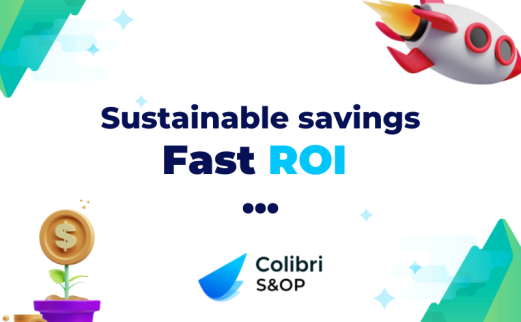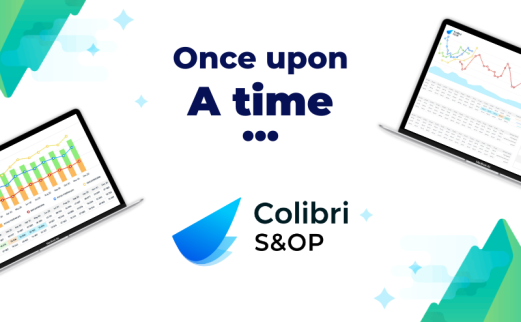The COVID 19 crisis is impacting sales and production on an international scale. How to manage your Supply Chain and prepare for the after-crisis? Agility and Collaboration are key.
The issues raised by the COVID-19 crisis for your Supply Chain
Consumers’ behavior during the crisis
As soon as the crisis started, we noticed important changes in consumption habits, explains Pierre Fournet, CEO, of LEON. For example:
- Important raise of basic and hygiene products, +120% of pasta and rice.
- Increase of sales online, +60% on stationary or toys, +50% on books, + 40% on sport equipment’s, + 40% on DIY.
Source: CREDOC, from the 16th to the 20th of march, in France.
Companies’ behavior
At the beginning of the crisis, the first step has been to focus on employee’s protection. Most of companies closed, implemented remote work and have rapidly reorganize to manage the crisis.
Impacts on Supply Chains
The first point was the reassessment of the demand and supply process. We went from a monthly and well-structured process to daily production planning and choices to focus on high productivity products, explains Pierre.
The second aspect was to secure resources. Specifically warehouses and transport resource. 84% of transport companies are now completely of half off, thus it is important to be careful about this point.
Now if we try to project ourselves in the upcoming months, we can imagine that some habits will stick:
- Préférence pour le online et le drive.
- Remise en cause des chaines mondialisées et préférence pour le local.
- Prise de conscience accrue du développement durable
- Accroissement de latendance à la « déconsommation »
At the Supply Chain level, this implies important impacts on the logistic blueprints with, for example, the relocation of plants and warehouses. The omnicanal strategy will also have to evolve to probably better involve the cost to serve concept. Because of a possible shortage of transports, securing those services while limiting the costs increase is also an axis to look at.
The need for cash should also result in more pressure on the stocks that may lead to an assortment reduction and a negotiation to lower the service rates.
Watch the webinar organized by VISEO and the French Australian Chamber of Commerce, with Pierre Fournet and Nicolas Commare speaking.
How to efficiently manage your Supply Chain
According our expertise and the customers we’re working with, there are 3 key elements to manage this crisis explains Nicolas Commare, CEO of Colibri.
Collaboration
The situation is so unprecedented and relying and numerous external factors that no algorithms is capable of planning what will happen tomorrow. Thus, it is even more important for all the company’s departments (Supply Chain, Marketing, Sales…) to collaborate daily and approve together the change of plans and new priorities. Which are the customers or market that are restarting, the products that are plummeting or skyrocketing, the used channels…
And this is also true at the extended Supply Chain level, meaning that you need to stay in touch with your customers and partners (new or historical) to have a global view of your business and ecosystem.
To collaborate efficiently, it is advised to use a tool and processes that are natively collaborative, so you don’t loose yourself under multiples excel files.
Agility
Secondly, it is important to be agile. Depending the countries or region we are not at the same stage of the crisis, some are in lock down, some are over it, some are getting ready for a second one… And it is the same for distribution channels, suppliers and type of products sold… To be able to daily manage this level of complexity it is necessary to have an agile tool to take decision quickly with all information available in hand. For example, to do aggregation at the country level, or to focus on one product family at a global level.
Cloud tool
It is the technology that makes all this possible, with a simple internet connection you can use the tool. No risk on the equipment, no dependencies toward the IT teams and an optimal data safety.
Post-crisis management: the importance of simulations
There is today a strong uncertainty on the restart of the consumption. Will the consumers, particularly the ones unemployed during the crisis will stay frugal, or like in China, will there be a surge in consumption at the end of the lock down, especially on festive products? It will be necessary to draw hypothesis.
The other question is about suppliers, how will they have survived the crisis, will they still be there, will they have the necessary stocks?
In front of all those possibilities it is important to think of different scenarios.
It is useful to build several scenarios based on the demand linked to the period and intensity (sluggish, medium, strong)
It is necessary to integrate in those scenarios stocks projections, and cash, with hypothesis on customer service rate and assortment reduction. Finally, you need to integrate the cost to serve, meaning how much it cost me to serve different canals. Depending on the financial health of the company, it might be necessary to review the different distribution canals and focus only on the business that drive cash in short term.
« Last but not least, without being pessimistic, do not forget to do a worst-case scenario because we never know. You don’t have to build 50 scenarios, but 3 or 4 well thought scenarios will allow to have a better view and be ready whatever happens » concludes Pierre.





